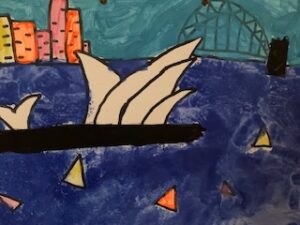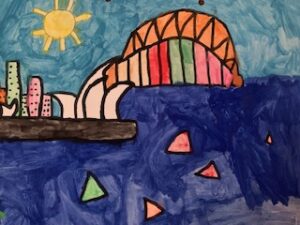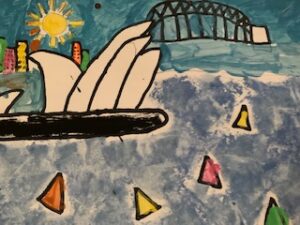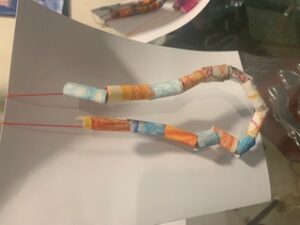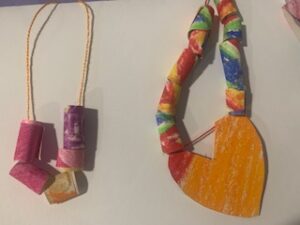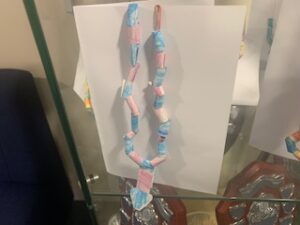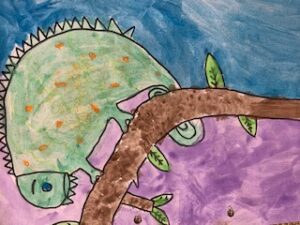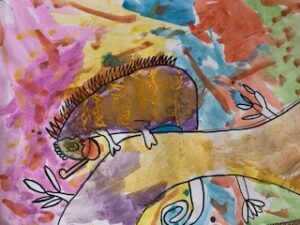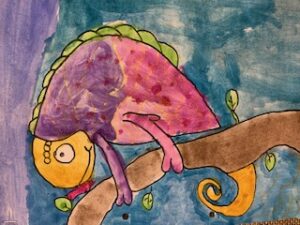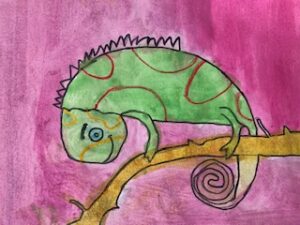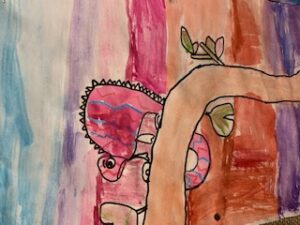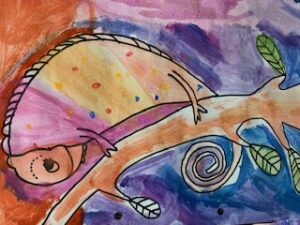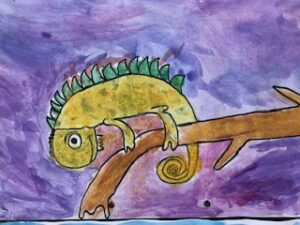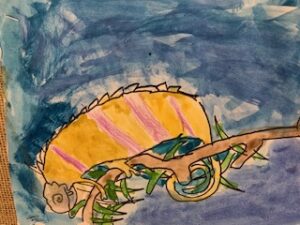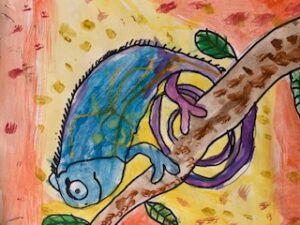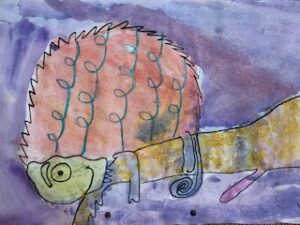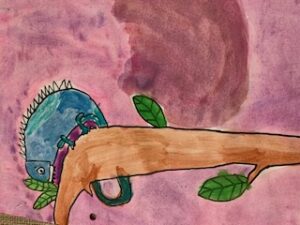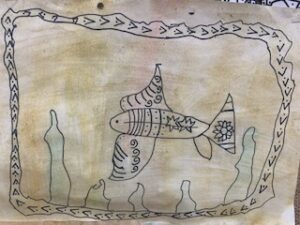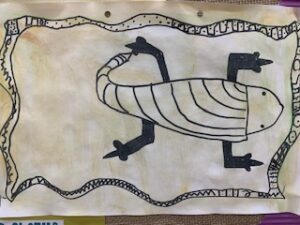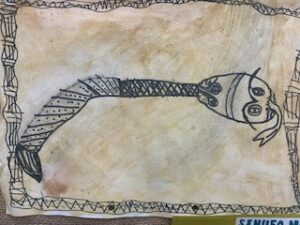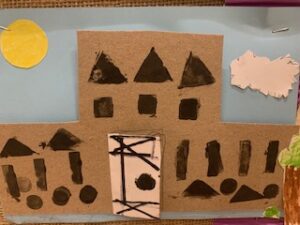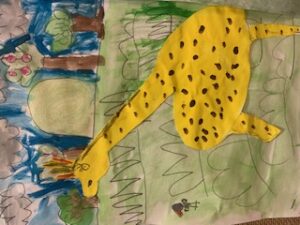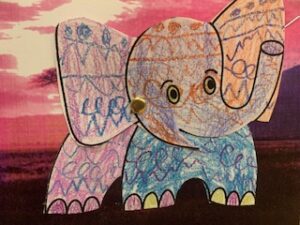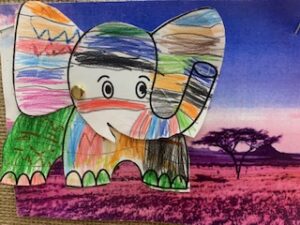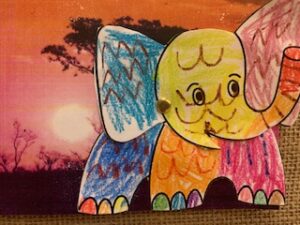We have arrived in Africa
During the Autumn term we are travelling on the ‘next leg’ of our Global Art Passport and have arrived in Africa. Children from Reception to Year 6 will create art from this beautiful continent while learning interesting facts about the animals and communites that live there.
St Peter’s exhibition at Pallant House Chichester 30th July – 28th August 2022
We are so proud to see our children’s artwork exhibited at Pallant House this summer. This is the accumulation of five weeks of crafting and as you can see it was well worth it because the finished pottery is amazing. The exhibition is on until 28th August – those children who have their work exhibited will get into Pallant House free of charge, but other pupils may have to pay, however, you will gain entry to all the exhibits at Pallant House and it is well worth the visit.
This is their website:
https://pallant.org.uk/
There are events during the summer holidays (fees apply) and on Saturdays from 27th August – 17th December there are creative workshops, from 11am-1pm, which are free of charge, although you are advised to book.
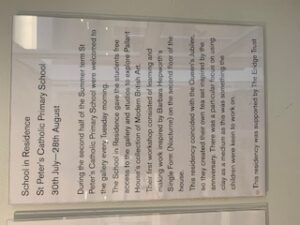

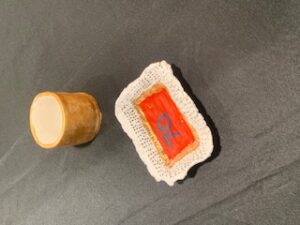


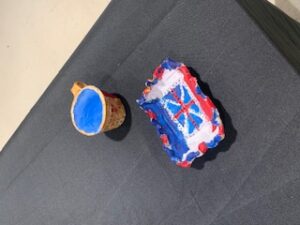
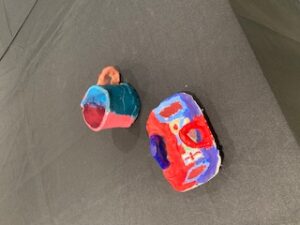
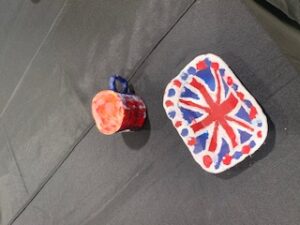
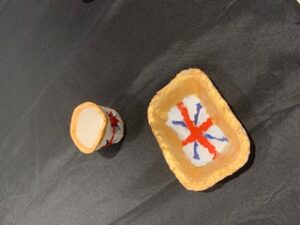
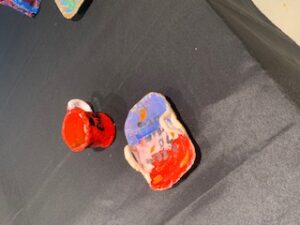

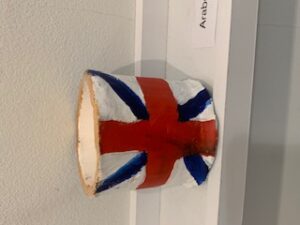
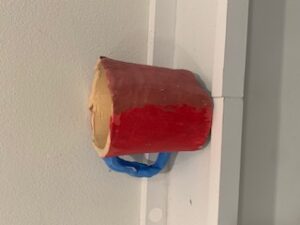

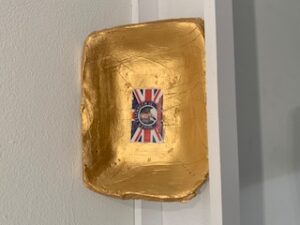
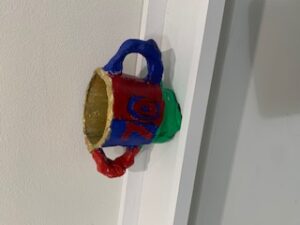

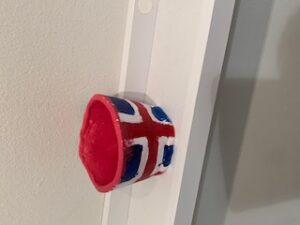
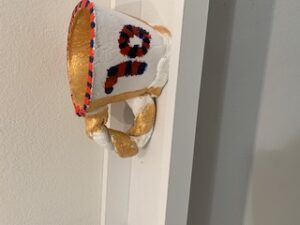
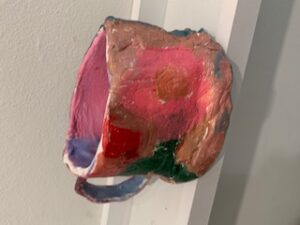
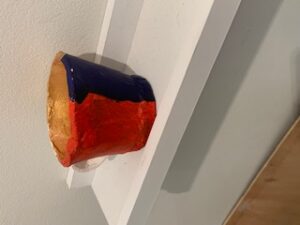


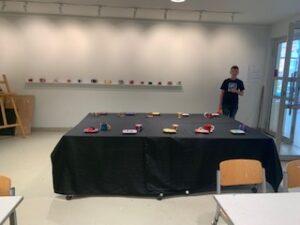

Please do look at our earlier Pallant House post to see how these wonderful pieces of pottery were created.
Year 6 Hawaiian Quilts
ABOUT HAWAIIAN QUILTS
Traditional HAWAIIAN QUILTS feature a large symmetrical shape that has been cut from folded fabric and then APPLIQUÉD, or stitched along the shape’s contour, onto a larger piece of fabric. The radial design, or design that radiates around a centre point, is created much like a paper snowflake, which has been folded many times and
then carefully cut. The appliqué piece is generally representative of flowers, plants or fruits, which are all easily found in nature on the islands of HAWAII.
The Year 6 children were set the challenge of creating their own quilt, but out of paper that they had to paint to look like fabric. As you can see from the example – they rose to the challenge and did an exceptional job.
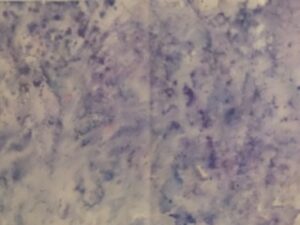
After that, they had to cut out intricate patterns and arrange them on coloured paper to represent a quilt.

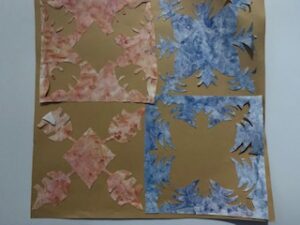
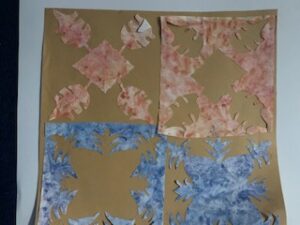
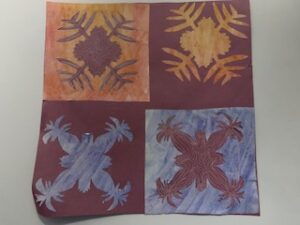
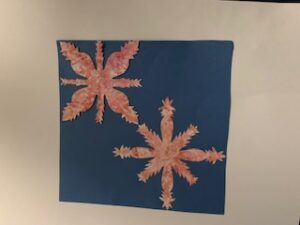
Year 5 Hawaiian Hula Dancers and The Coral Reef
ABOUT THE HAWAIIAN HULA
In ancient HAWAII, before Hawaiians had a written language, the HULA dance was used to tell stories. Each movement of the dance told part of a story. The hula was like a history book for the Hawaiian people. In Hawaii, children can go to special classes to learn hula dancing.
The children worked incredibly hard during this project, to get the proportions of the body correct and to create the perfect scenic background. I think you will agree that they have done an outstanding job!
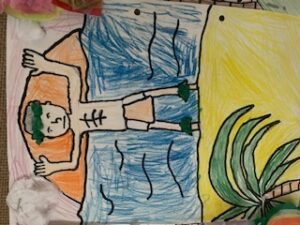
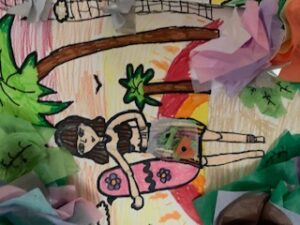

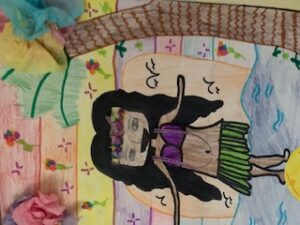
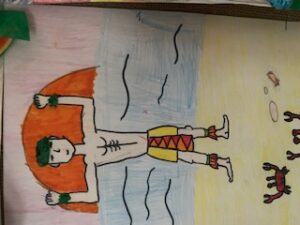
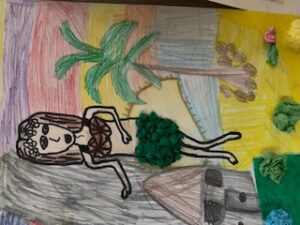
ABOUT THE GREAT BARRIER REEF
The GREAT BARRIER REEF is the world’s largest coral reef, located in AUSTRALIA. The reef is so large that it can be seen from outer space. The Great Barrier Reef is home to an extremely diverse range of life, from the actual living coral that make up the reef to the fish, turtles, dolphins and whales among many others.
The children created their own coral reefs, inserting plants and sea creature that are partially hidden among the beautiful coral.
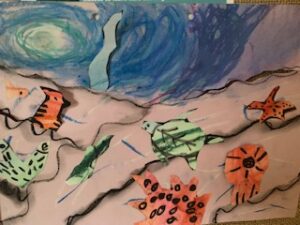
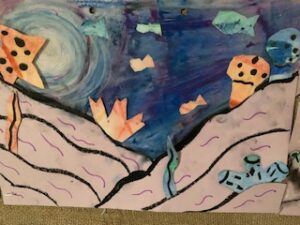
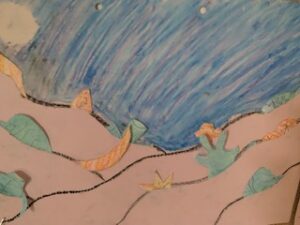
Year Four – Boomerangs
Boomerangs
A BOOMERANG is a throwing stick that is used for hunting or for recreation. Traditionally, it was used by Indigenous people in AUSTRALIA for hunting. There are many shapes of boomerangs that are used for different purposes, the most famous being the angled returning boomerang that goes out and then circles back to the thrower.
Sometimes boomerangs are decorated with
colours, shapes and images of animals.
The children created these stunning pictures that really capture the throwing of a boomerang.
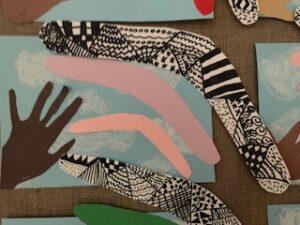
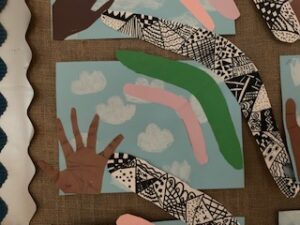
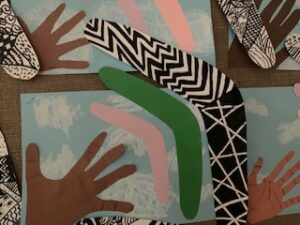
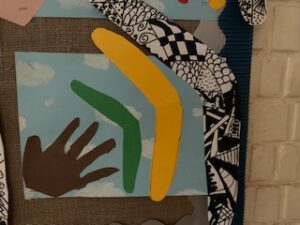

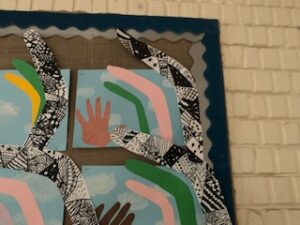
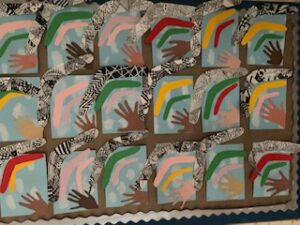
Year Three – Sydney Harbour
ABOUT SYDNEY HARBOUR
The SYDNEY HARBOUR BRIDGE is nicknamed “the coat hanger” because of the shape of its design. It carries road, rail and pedestrian traffic from Sydney’s business district to the North Shore. Since 1998, tourists have been able to climb to the top of the bridge. It takes almost four hours to climb up and down. It is one of the tallest bridges in the world, with a height of 130 yards from water level to the top.
The SYDNEY OPERA HOUSE is a performing arts centre. The shape of the building is based on the sails of a boat. In addition to concerts and events, around 2000 opera performances take place there each year.
Ken Done
KEN DONE is an Australian artist who is well known for his bold use of colour and his paintings of well known Australian landmarks such as the Opera House and the Great Barrier Reef.
Since his first solo exhibition in 1980, Ken Done has become one of Australia’s most famous artists. His work has been described as the most original style to come out of Australia, and his paintings are in collections throughout the world. Since his first solo exhibition in 1980, Ken Done has become one of Australia’s most famous artists. His work has been described as the most original style to come out of Australia, and his paintings are in collections throughout the world.
The children created their own pictures of Sydney Harbour, based on the style of Ken Done.
